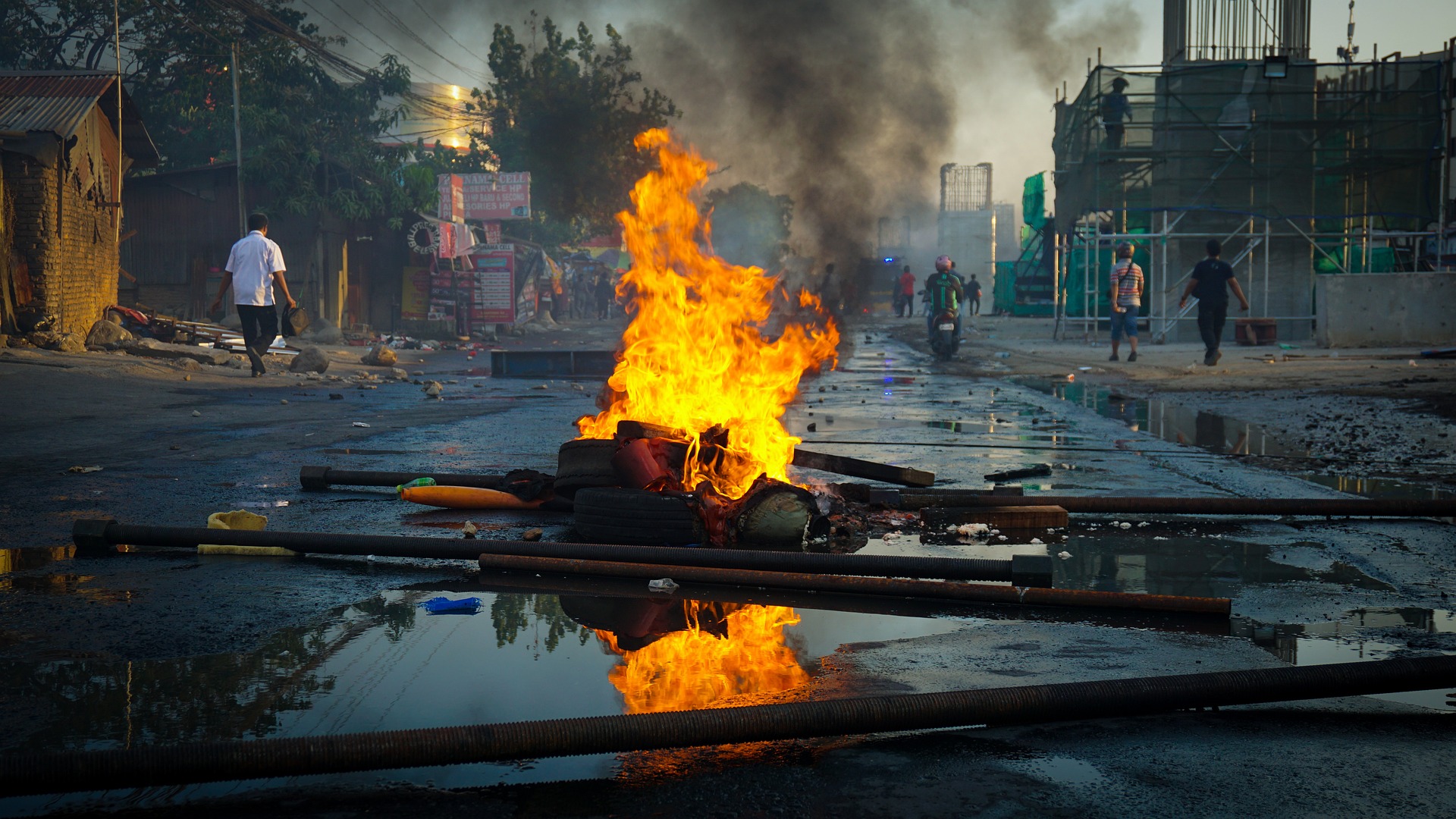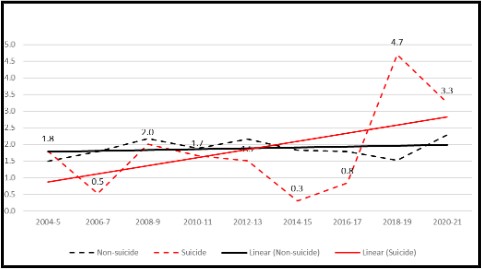Evolving patterns of violence in developing countries

Image: Fajrul Falah | Pixabay
New research by the Mineta Transportation Institute (MTI) shows that attacks in less economically advanced countries are more frequent and bloodier as compared to the developed world. The resulting report, Evolving Patterns of Violence in Developing Countries, shows that some of the attacks that have occurred were quite sophisticated – and the most lethal were carried out by jihadist groups.
The findings focused on Group 1 and Group 2 countries. Economically advanced countries with The Organization for Economic Co-operation and Development (OECD) membership designate as Group 1 countries. Countries with developing economies and not members of the OECD designate as Group 2 countries. The findings show that Group 2 had seven times the number of attacks and three times greater lethality compared to economically advanced Group 1 countries.
Using the MTI database of Terrorist and Serious Criminal Attacks Against Public Surface Transportation, the authors, Brian Michael Jenkins and Bruce Butterworth, looked at attacks against passenger trains and train stations, buses and bus stations and stops, and all rail infrastructure and operating and security personnel in both sets of countries between January 1, 2004, and December 31, 2022.
They cite as examples, the 2006 jihadist bombings on commuter trains leaving Mumbai, killing 189 and injuring at least 800; the 2010 train derailment by Maoist insurgents in West Bengal, killing 48 and injuring 800; and the 2014 car bomb by jihadists at a bus station in Nigeria, killing 71 and injuring 24.
Many Group 2 countries have long-running insurgencies that produce frequent and lethal attacks. There are far more attacks on buses and bus depots and stops in Group 2, reflecting a greater reliance on bus travel. Explosives dominate attack methods, and while jihadist attackers are responsible for only 9.7 per cent of attacks, they create 33.7 per cent of fatalities. Jihadists are, they note, the most lethal attackers in both Group 1 and Group 2 countries. Suicide attacks account for only about three per cent of the attacks in both groups, but while that percentage has gone down in Group 1, it has gone up in Group 2.
India, Pakistan, and Iraq account for half of the attacks in Group 2 countries, although levels of violence in India and Pakistan have declined slightly in recent years. Levels in Sub-Saharan Africa have increased, owing to the activities of jihadist groups in the Sahel. Levels in Thailand have also increased, owing to separatist activity in the southern part of the country.
The report is intended as a companion report to the August, 2022 MTI report on violence in economically advanced countries, Changing Patterns of Violence Pose New Challenges to Public Surface Transportation in the United States.
Jenkins explained: "We hope that by analysing and comparing what has been going on in advanced and non-economically advanced countries, governments and transportation professionals will be able to use the data to help understand the overall picture and rethink their current security and staff training strategies."
Graph:
While the percentage of suicide attacks in Group 2 countries is only three per cent and not increasing, suicide attacks have become more lethal than non-suicide attacks measured in Fatalities Per Attack.

Evolving Patterns of Violence in Developing Countries can be downloaded here.
Changing Patterns of Violence Pose New Challenges to Public Surface Transportation in the United States 2022 can be read here.